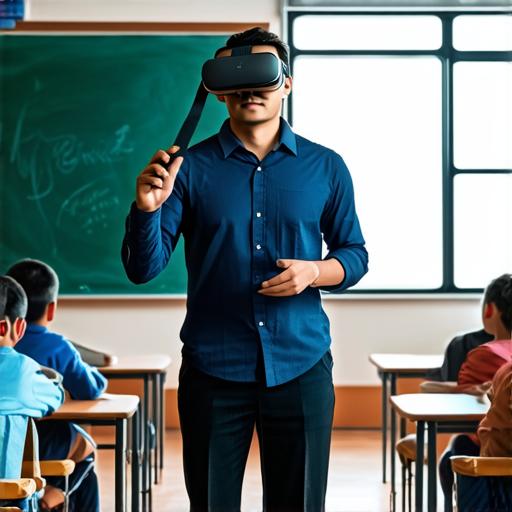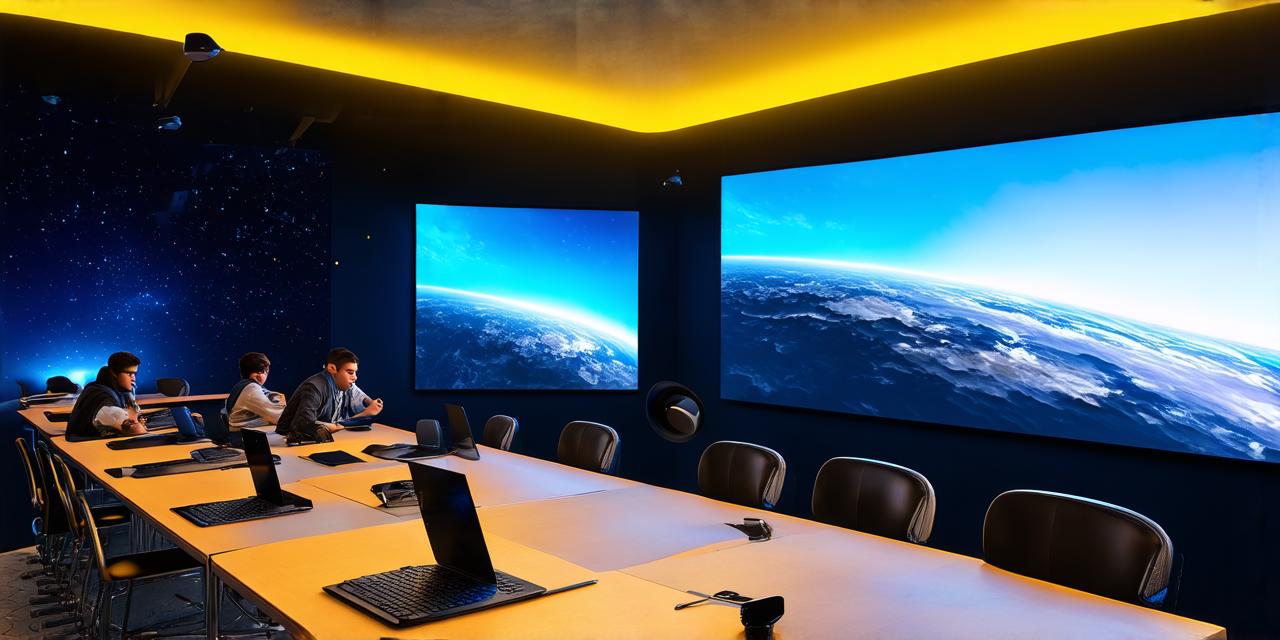
What are the disadvantages of VR in education?
In recent years, virtual reality (VR) technology has been gaining popularity in various sectors, including education. While VR has numerous benefits for enhancing learning experiences, it also has its drawbacks that cannot be ignored. In this article, we will explore the disadvantages of VR in education and their impact on student learning.
1. High Costs: One of the most significant disadvantages of VR technology in education is its high cost. VR hardware and software can be expensive to purchase and maintain, which may limit its availability for schools with limited budgets. Additionally, schools that cannot afford the latest equipment may have to settle for outdated or less advanced VR systems, which could hinder student learning.
2. Motion Sickness: Another disadvantage of VR technology in education is the potential for motion sickness. Some students may experience nausea, dizziness, and headaches when using VR devices. This can be particularly problematic for students who are already prone to motion sickness or have a history of balance disorders.
3. Limited Interaction: While VR technology can provide immersive learning experiences, it may also limit student interaction with their peers and teachers. In some cases, students may become too focused on the virtual environment and neglect real-world social interactions. Additionally, teachers may struggle to monitor student progress and provide feedback in a VR setting.
4. Technical Issues: VR technology is not immune to technical issues, which can disrupt student learning. For example, if a VR headset malfunctions or the software glitches, students may be unable to access the virtual environment. This can lead to frustration and wasted time, as well as difficulty in identifying and addressing technical problems.
5. Isolation: VR technology can also contribute to isolation among students who use it regularly. If students spend too much time in virtual environments, they may become disconnected from their peers and teachers in the real world. This can have negative impacts on their social skills and emotional development.
6. Lack of Authenticity: While VR technology can provide immersive experiences, it may also lack the authenticity of real-world experiences. For example, a virtual tour of a museum may not be as engaging or informative as actually visiting the museum. Additionally, some students may struggle to distinguish between what they experience in VR and what is real, which could lead to confusion and difficulty in applying learned concepts.
In conclusion, while virtual reality technology has numerous benefits for education, it also has its disadvantages that cannot be ignored. Schools must carefully consider the costs, potential for motion sickness, limited interaction, technical issues, isolation, and lack of authenticity before implementing VR technology in their classrooms. By doing so, they can ensure that students receive a well-rounded education that prepares them for success in the real world.


